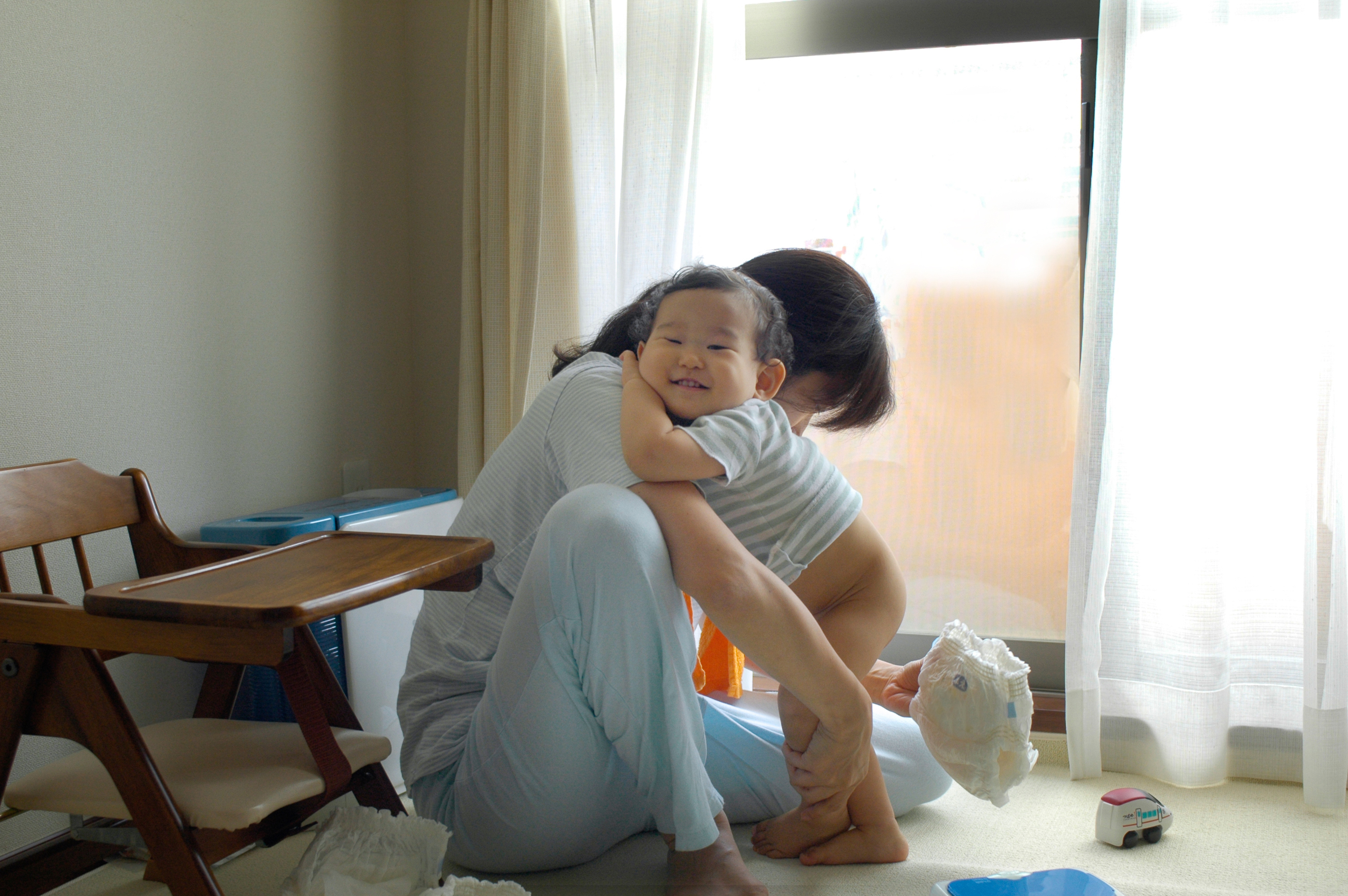What is toilet learning?
Toilet learning is the process of transitioning out of diapers. It used to be called toilet training when approaches were more parent-driven. Toilet learning is a more accurate description of the successful transition out of diapers.
While most children reach this milestone between the ages of 2 and 4 years old, every child develops at their own pace. Even children who have learned to use the potty have the occasional “accident.”
Usual techniques may need to be modified to help children with special needs with toilet learning.
You as parents, other caregivers and family members can all help your child learn how to use the toilet. Over several months, you will need to be patient and give daily attention and encouragement to your child.
The best time to start
Your child’s age alone does not determine whether they are ready. Methods of toilet learning vary between different cultures. In general, Canadian-based experts recommend a “child-oriented” approach. This encourages the process to occur naturally, when your child is ready. The best time to start is when your child is mentally, emotionally and physically ready.
Toilet learning takes time
Children often take a few months to learn to control their bowels and bladders during the day. Exactly how long it takes will depend on the child.
Nighttime control often takes much longer. Sometimes it can take months or even years.
Signs your child is ready to start toilet learning
Your child may be ready to start toilet learning when they:
- can stay dry for several hours
- follow one- or two-step directions
- know they need to go
- use words or gestures to tell you or show you they need to use the potty
- walk to the potty chair and sit on it
- can pull their pants up and down
- want to use the toilet or potty, and wear underwear
Toilet learning techniques
Prepare yourself
Make sure you have time to devote to your child’s toilet learning. Pick a time free of major changes, for example, moving to a new house or the birth of a new sibling. Warmer months may be easier because your child will be wearing less clothing.
Prepare your child
Encourage your child to let you know if they need to go. Teach them the right words to use. Dress them in clothes that are easy to remove, for example, elastic rather than overalls, buttons and zippers.
Setup
If you are using a potty, make sure the potty is in a position that makes it easy for your child to mount. Be sure your child has good support for their feet. If you are using a regular toilet, use a toilet seat adapter and a foot stool.
Start the new routine step by step
Show your child the potty. Explain the new bathroom routine with simple steps:
- First, let your child sit fully clothed on the potty.
- Next, encourage your child to sit on the potty after removing their wet or soiled diaper. You can even put the dirty diaper in the potty. This may help your child understand what the potty is for.
- A day or so later, take your child to the potty several times a day.
- Finally, start the new routine with your child by setting aside specific times every day when you go to the potty. These times could be after your child wakes up, after meals, and before naps and bedtime.
Praise progress
Encourage your child to tell you when they need to go to the bathroom. Praise them for telling you, even if there is an accident on the way to the potty. Do not punish or threaten to punish your child. Encouragement and support will motivate your child to keep trying and make the next step. Celebrate your child’s progress, whether it is successfully sitting on the toilet, using the toilet or a switch from diapers to training pants.
Training pants
When your child has used the potty successfully for 1 or 2 weeks, you can start using cotton underwear or training pants.
Show by example
Let your child watch you use the toilet. Go through the steps yourself. Let them know you have to go. Then have them follow you to the toilet. They will learn by watching you.
Toilet learning challenges
If your child resists following your directions or using the potty, they are most likely not ready to transition from diapers. Do not force your child to use the potty. This can lead to long-term conflicts between you and your child or slow down toilet learning. Wait a few months and try again when your child is ready.
Constipation and painful bowel movements may delay the toilet learning process. Dietary changes are the first step, and medications may be considered. Speak with your child's health-provider if you think your child may be constipated.
If your child has special needs, you may need more guidance from their health-care provider to decide if your child is ready to begin toilet learning.
When to seek medical assistance
Seek medical assistance if:
- your child has not learned or refuses to use the toilet after several months
- your child is older than 4 years of age
- you are concerned that your child is constipated

